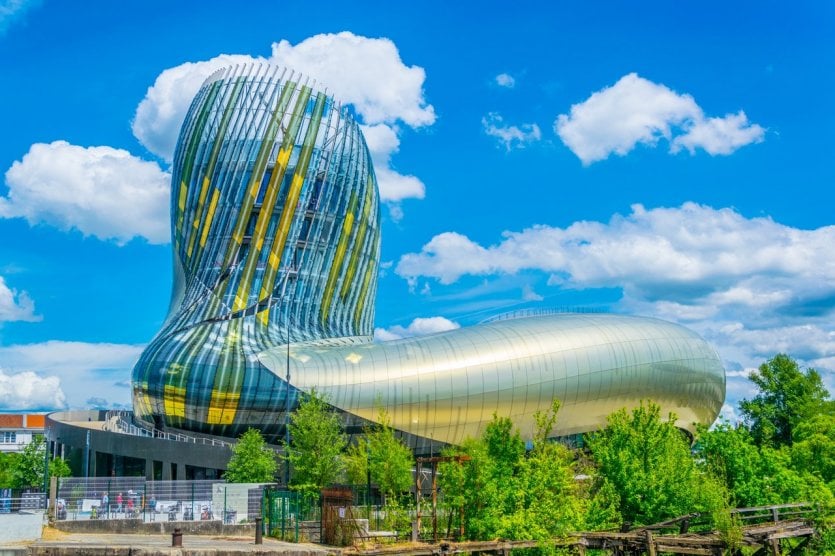
New Aquitaine is the largest French region, located in the southwestern part of the country. It is characterized by a great variety of landscapes, from the valleys of the Dordogne to the beaches of the Landes and the Basque Country, the Bordeaux vineyards and the Pyrenees mountain range. It is also home to a large number of historic cities and villages set in the heart of an enchanting nature. Outdoor activities at the beach or in the mountains, gastronomy, vineyards, architectural heritage, there is no shortage of activities in the New Aquitaine region and its mild climate is a call to discover its treasures.
The monolithic church of Saint-Jean, an incredible place of worship
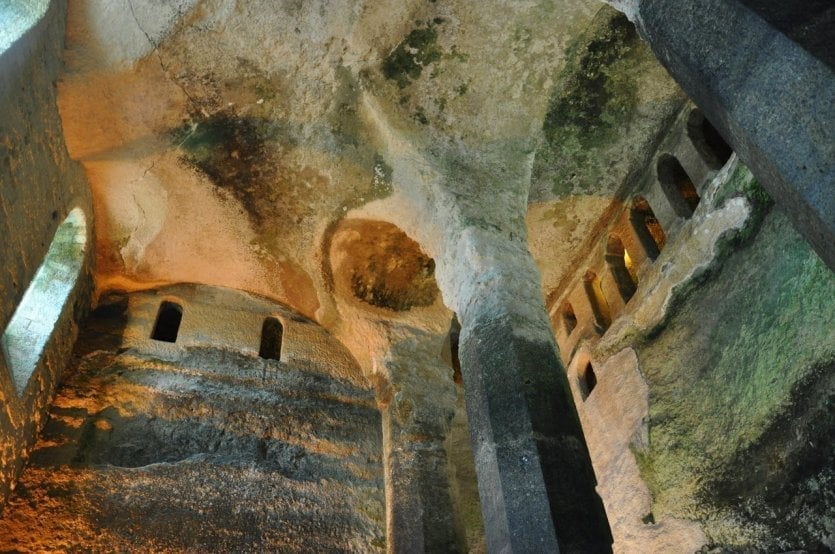
Let's start this journey in New Aquitaine with the discovery of a place of worship which inevitably challenges the curious. Located in Aubeterre-sur-Dronne, the monolithic underground church of Saint-Jean was dug in the 12th century by Benedictine monks. In the beginning, its function was to shelter relics that were placed in a succession of pits as well as in an incredible reliquary whose shape is reminiscent of the Holy Sepulchre in Jerusalem. Over the centuries, many pilgrims on their way to Compostela have passed through here to meditate. The different elements that make up this rock church: the relics pit, the stone reliquary, the baptismal font and the crypt are all reasons to go there and enjoy.
The Cordouan lighthouse, the oldest French lighthouse still in activity
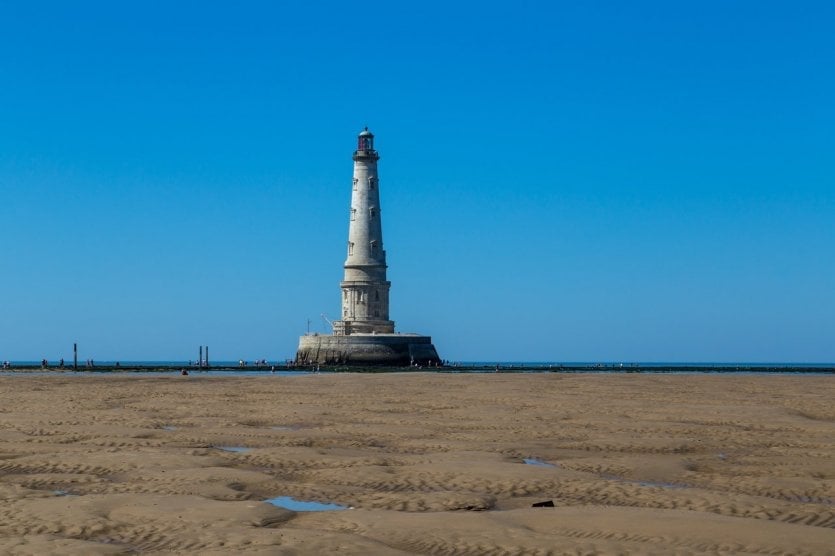
In the category of architectural heritage, lighthouses give off this very special atmosphere, a mixture of mystery and admiration. The Cordouan lighthouse is located in the open sea, at the entrance of the Gironde estuary, and is today the only lighthouse at sea still open to the public. Once you have crossed by boat to get to its feet, you start by admiring its incredible architecture. Then, once inside, one of the keepers welcomes visitors to explain its history and give them time to admire the renaissance style of each floor. The highlight of the show is revealed once climbed the 301 steps, the public enjoys a superb panoramic view of the region, with the wild coastline, the Pointe du Médoc, the Pointe de la Coubre and of course the immensity of the Atlantic Ocean. The lighthouse is classified as a historical monument since 1862.
Collonges-la-Rouge, a jewel in the crown
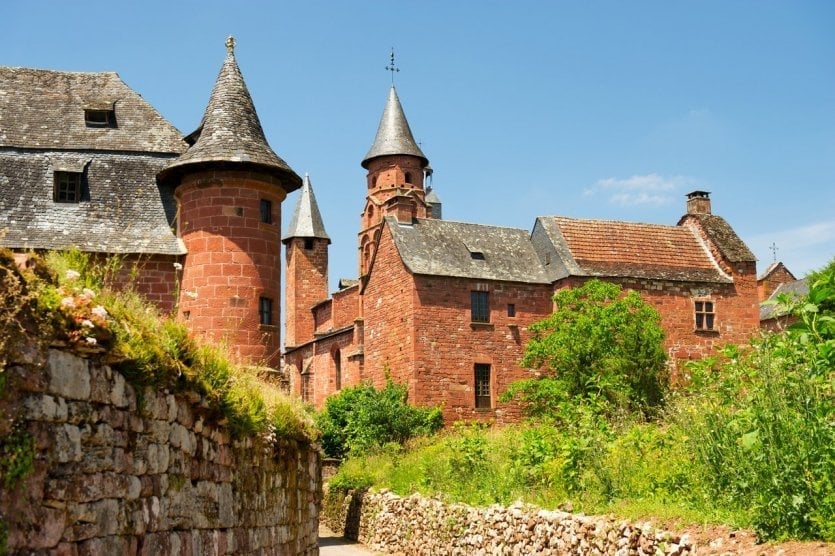
Nestled between walnut and chestnut trees, in a beautiful green environment, the village of Collonges-la-Rouge cannot leave anyone indifferent. You can admire the buildings whose red color of the stones is so original and which gives it its name. In this village which benefits from the label "Most beautiful Villages of France", one takes pleasure in strolling through the medieval streets and discovering the richness of its heritage. The 11th century church, the 13th century chapel of the Pénitents Noirs and its contemporary stained glass windows, the castle of Vassinhac, built in 1583, and the house of the Siren, which today houses a museum of art and popular traditions, are all places to be admired in great detail.
The castle of Boussac, an architectural wonder
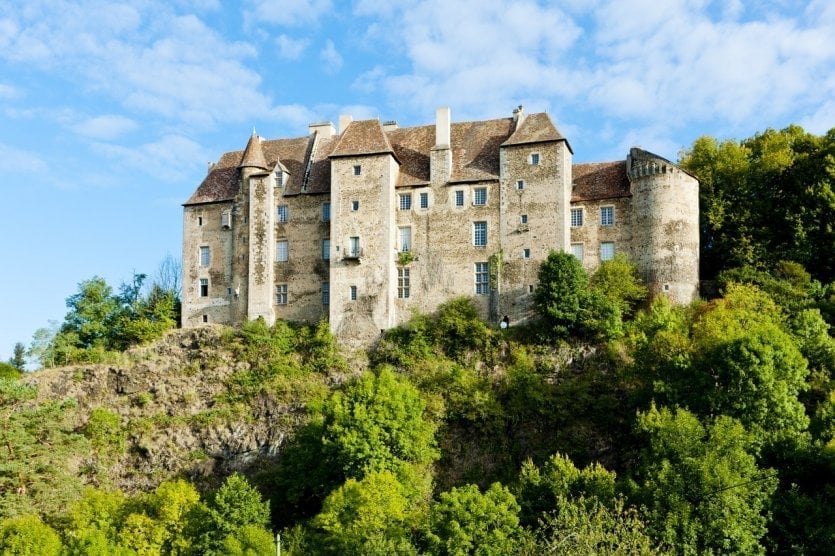
Castle lovers will be delighted by a visit to the castle of Boussac, particularly impressive on its rocky spur. Its history is eventful, since after being built in the 12th century, it was destroyed during the Hundred Years War, rebuilt and then damaged again during the Revolution. It was then used as a sub-prefecture and a police station before being saved from ruin in 1965 and restored with exquisite taste by its current owners. During the visit of its four floors, the public discovers a huge kitchen with rare utensils, incredible fireplaces, tapestries, paintings, woodwork and furniture that contribute to make the place an essential building of the Petite Creuse.
A hike in the Marais Poitevin Regional Nature Park
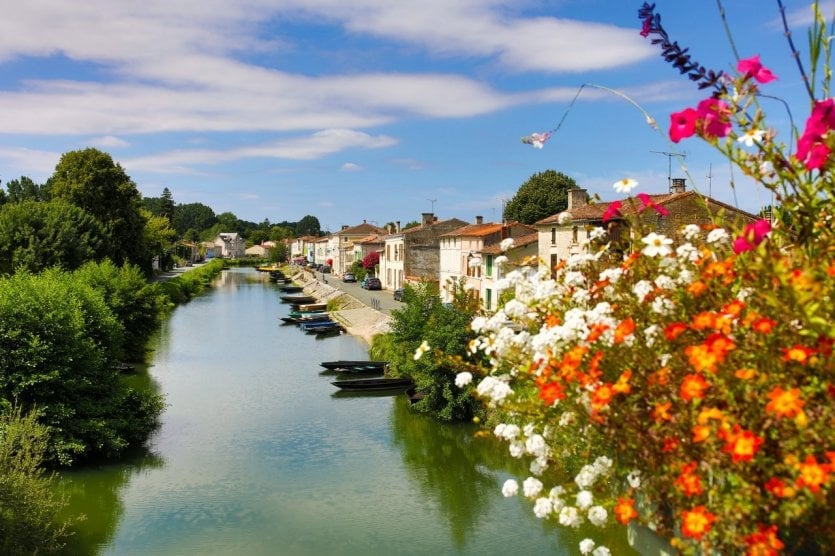
Between land and sea, the Regional Natural Park of the Marais Poitevin is one of the largest marshes in Europe. Its cultural heritage, its fauna and its flora deserve that one lingers there. You will discover landscapes shaped by Man for more than ten centuries, from the dried marsh to the Green Venice to be discovered from a boat and theAiguillon bay and its marine panoramas. While walking, hiking or biking, you should also take the time to open your eyes wide to try to catch a glimpse of the animals that populate the area. Fish, birds, dragonflies, butterflies, European otters and other green tree frogs take advantage of an exceptional natural setting to flourish.
Sarlat, an exceptional city in the Périgord
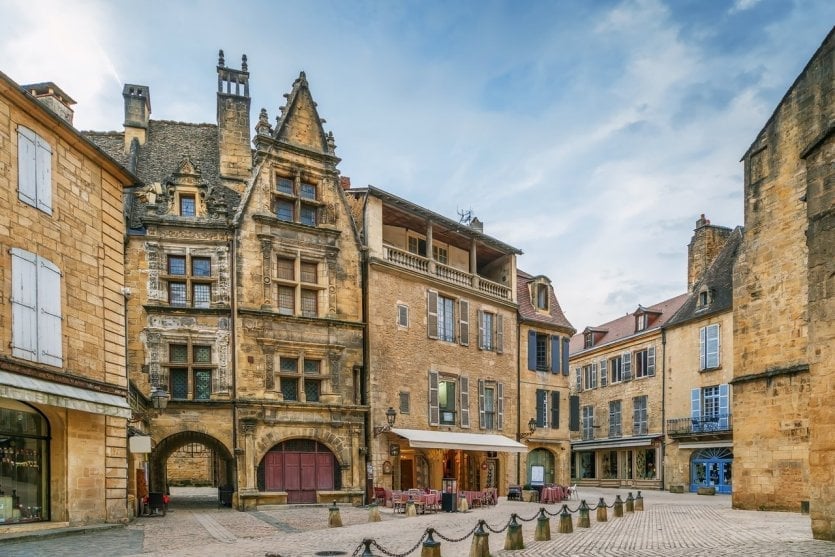
The city of Sarlat, capital of the Périgord Noir, is an essential stop for lovers of architecture and towns of character. The city developed around an important Benedictine abbey and after the Hundred Years War, it found its golden age thanks to the presence of the nobility. From streets to alleys, one can admire the incredible architecture of its buildings. The buildings with old facades and lauze roofs, as well as the numerous shops installed in medieval houses contribute to give it a unique charm. The Saint-Sacerdos cathedral and the Maison de la Boétie are monuments not to be missed.
A visit to the Lascaux cave
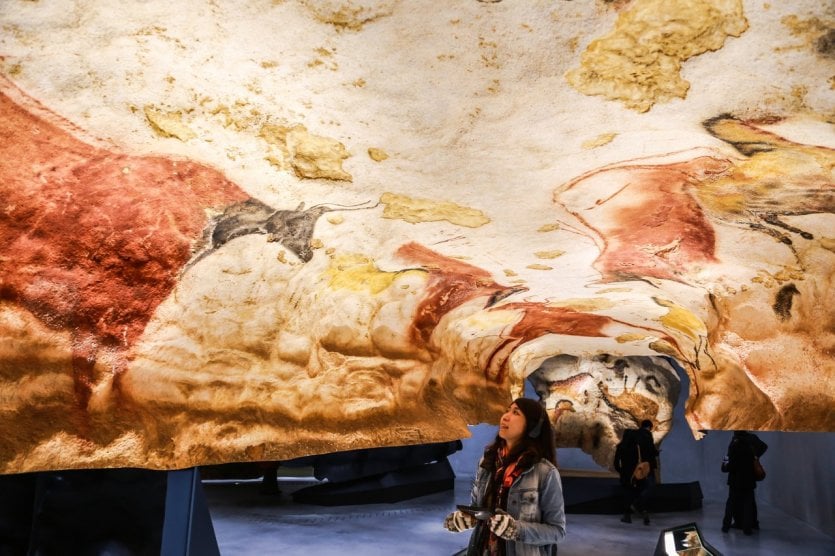
In 1940, in the middle of the Second World War, four teenagers made a major discovery in the Vézère valley. It was indeed the Lascaux cave, which contained splendid paintings dating from prehistoric times, most of which represented animals. In 1948, the cave was opened to the public, but the influx of visitors caused irreversible damage and to protect this precious heritage, it was closed to the public in 1963. A reproduction of the place opens in 1983, Lascaux 2, where we find the same paintings made with the same techniques and the same pigments. In 2016, it is the International Center of Cave Art, Lascaux 4, which is inaugurated. A visit to this place is moving and proves that art already existed in prehistoric times.
A tour of the Place de la Bourse in Bordeaux
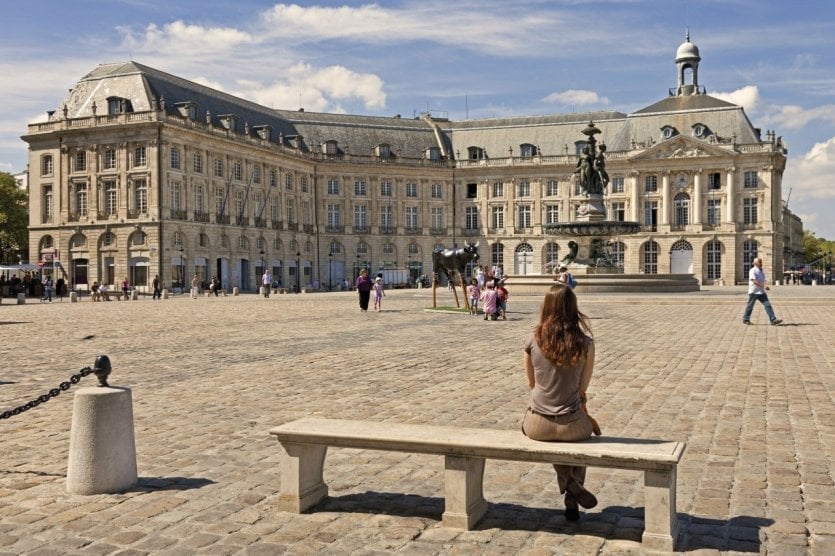
During a trip to the capital of Gironde, a visit to the Place de la Bourse allows you to contemplate a marvelous architectural ensemble that consists of the Hôtel des Fermes and the Hôtel de la Bourse, built in the 18th century. It is a place where the inhabitants of Bordeaux like to meet after work, especially in fine weather, and where visitors flock for the beauty of the monuments and their architectural details. There is also a superb bronze and marble fountain, the Three Graces, daughters of Zeus. It was inaugurated in 1869 to replace an equestrian statue of Louis XV, which was destroyed during the Revolution. Finally, the other curiosity is the impressive water mirror in which the facades are reflected and where people passing by and locals come to cool off in summer.
A moment of wine tourism at the Cité du Vin
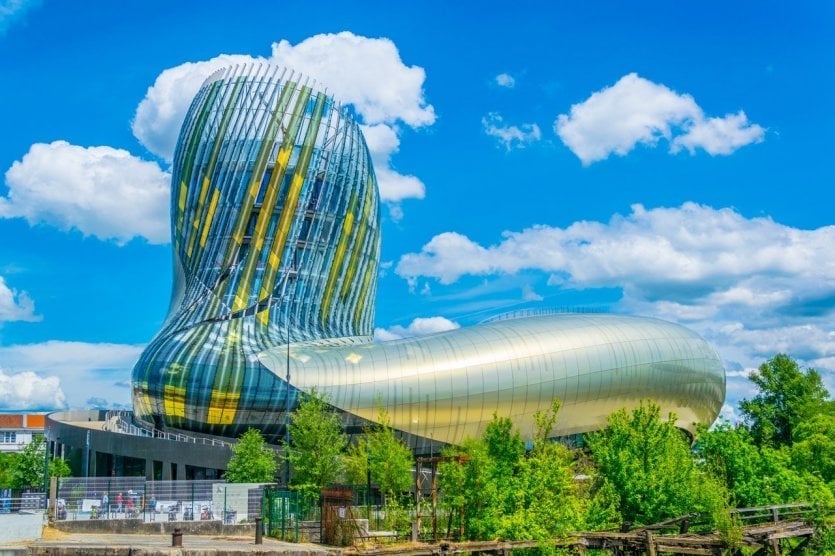
Bordeaux and its region are renowned throughout the world for wine. It is to celebrate this rich heritage that the Cité du Vin opened in 2016, a museum dedicated to the famous beverage, its manufacture as well as its cultural, heritage, civilizational and universal dimensions. Upon arriving on site, one begins by being seduced by its contemporary and original architecture, before entering and starting the visit through thematic paths and temporary exhibitions. At a height of 35 meters, the belvedere awaits visitors for a tasting of Bordeaux wines, with a panoramic view of the city and its surroundings.
Oradour-sur-Glane, martyred village
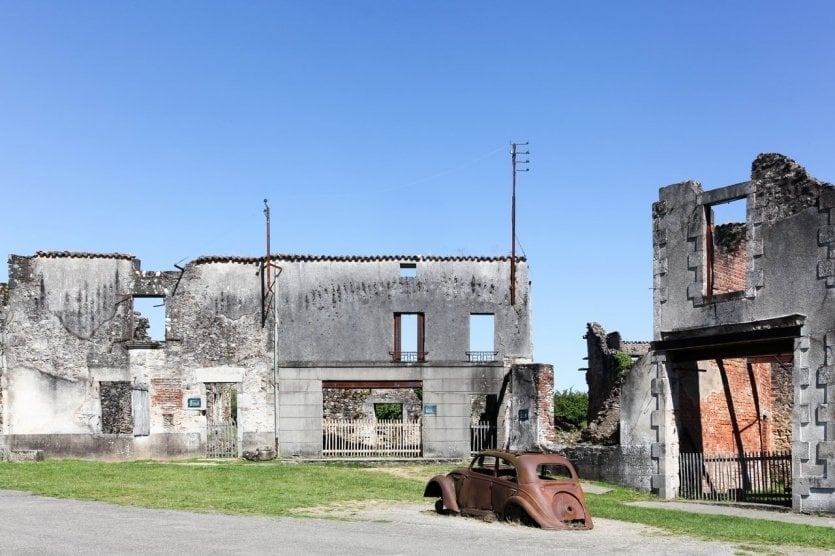
The village ofOradour-sur-Glane was a peaceful village when on June 10, 1944, it was attacked by a unit of the SS Das Reich division, which killed the inhabitants and set the village on fire. Since that date, the village has been preserved in its original state. A visit to the village invites silence and contemplation as you discover the ruins of the buildings. Among the houses and places where people used to work, we can see carcasses of cars, a sewing machine, some objects related to the trades that people used to practice in the village, as well as the poles and rails of the tramway.
Go to the Landes to enjoy its beaches
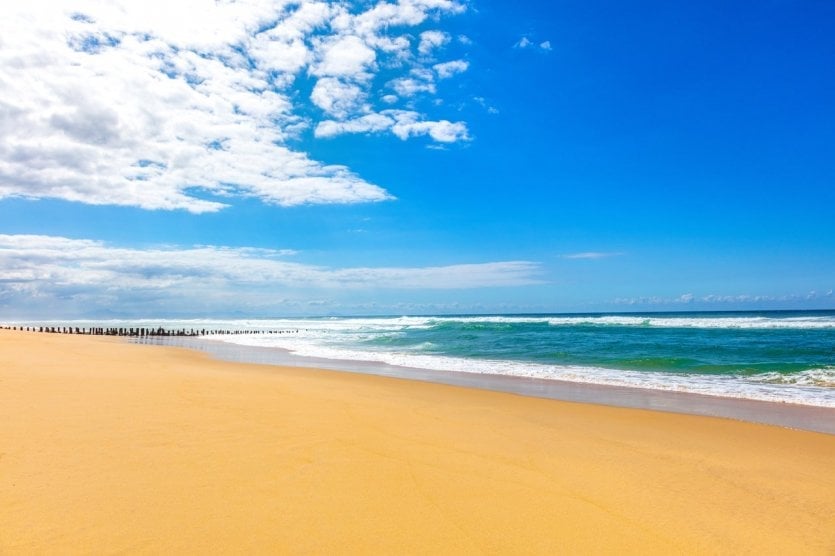
The beaches of the Landes are wild and offer fine sandy landscapes bordering the Atlantic Ocean, with dunes and superb pine forests behind them where it is pleasant to walk or cycle. The beaches of the Landes are a paradise for surfers, since the waters are often rough. Hossegor or Biscarosse are the best resorts to get out the boards and have fun in the waves. On the 106 km of the Landes coast, holidaymakers can also stop by the Estacade beach in Capbreton or the Remembre beach in Mimizan to simply spread out the towel and enjoy the sun and the sweet moments with family or friends.
The castle of Bonaguil, treasure of the Lot-et-Garonne
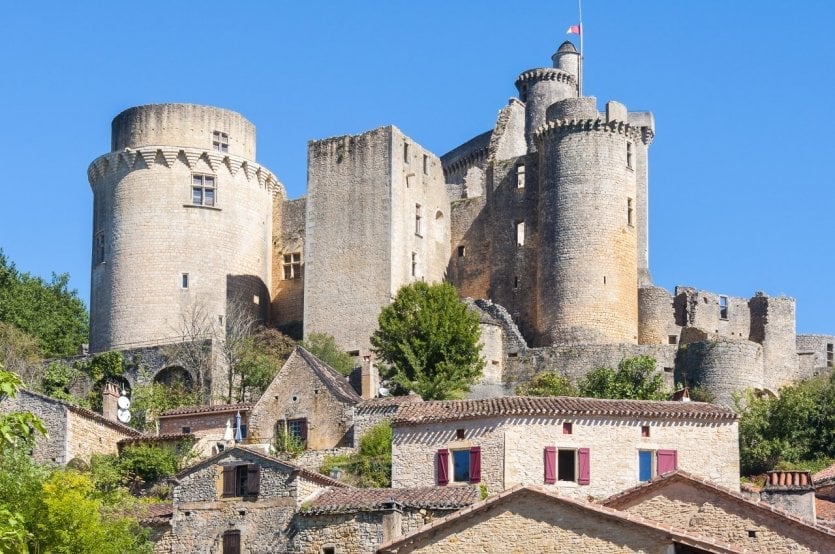
Located on a rocky spur in the commune of Saint-Front-sur-Lémance, the castle of Bonaguil is a fortified castle as one can often see in school books. It is the lord Bérenger de Roquefeuil who made it a real fortress and during a visit, one discovers a monument of gigantic proportions and extremely well preserved. Through its drawbridge, its cave or its dungeon, you can travel back in time to the heart of the medieval era. Various animations are proposed throughout the year so that young and old discover its marvelous history and relive for a moment the time of armors and swords.
A getaway to Biarritz and its great beach
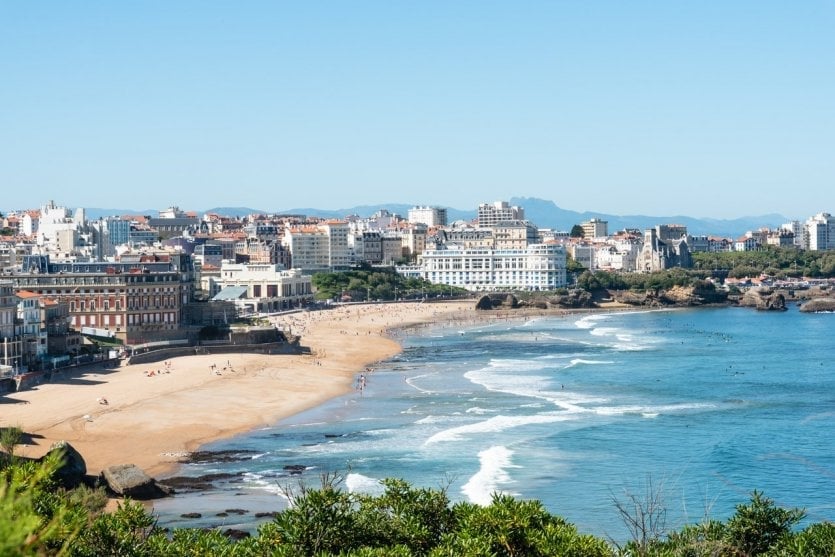
In the Basque Country, Biarritz is a stopover of character and when you go there, you should not miss the opportunity to spend some time on its Great Beach. It is the central beach, which extends over 450 m and runs along a beautiful promenade where you can see the palace of Biarritz. It is a postcard beach, with its beautiful colored tents that can be rented in summer. There are also clubs where children can have fun and make friends, while adults can enjoy surfing, with courses offered by different schools. Around the area, cafes and restaurants are available for drinks and food with a view.
Enjoy Basque gastronomy in Bayonne
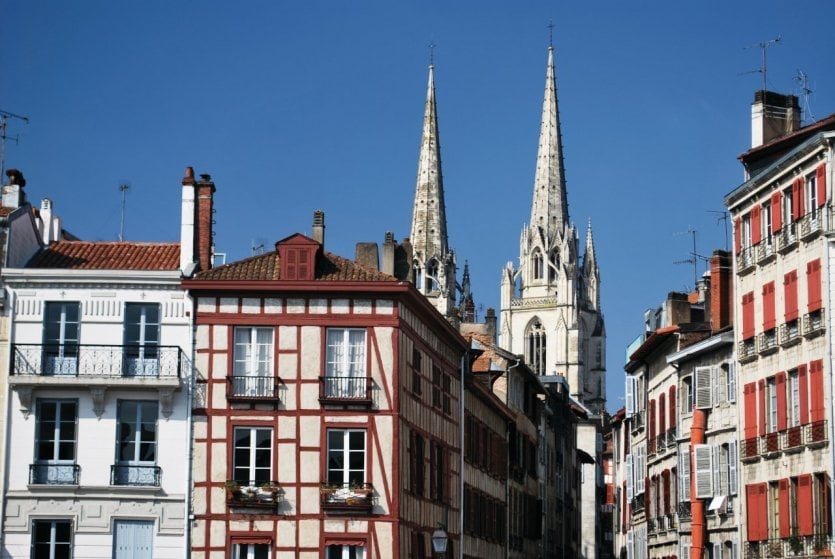
The Basque Country is famous for its gastronomy and it has been an integral part of its culture for centuries. During a trip to Bayonne, after walking along the rivers and getting lost in the old town with its colorful half-timbered houses, you should go to a bar for an aperitif in the evening. This is the perfect time to enjoy a sangria and nibble on some tapas. Then, head to a restaurant to enjoy the local specialties. Basque bread, Basque chicken, raw ham salad, potato tortillas and other local cheeses will delight the taste buds of the gourmets who discover a region where eating and enjoying oneself is an art.
A moment of religious architecture at Saint-Savin Abbey
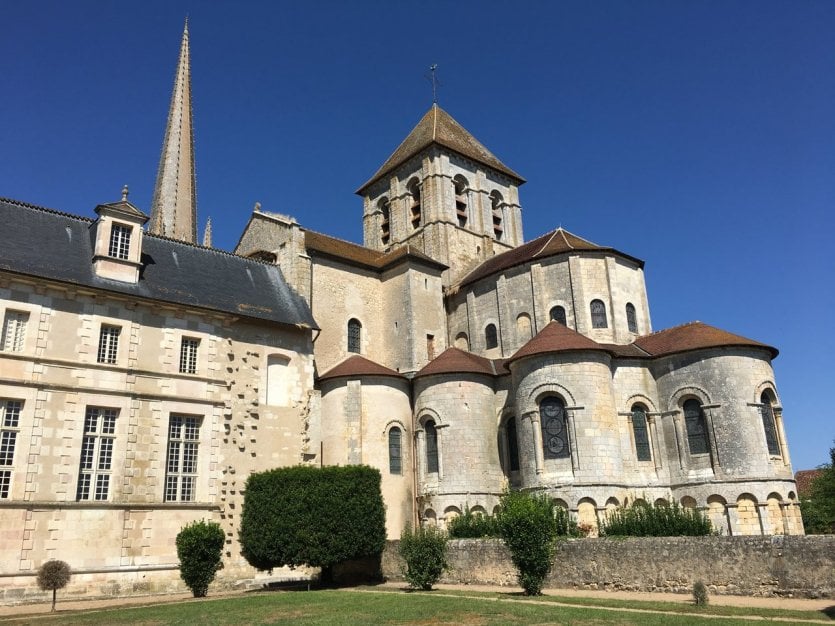
We must first go back to the Carolingian era to understand the origins of the foundation of this splendid abbey located in the Vienne department. Unfortunately, the conventual buildings were destroyed by the wars of religion, but the Romanesque church has survived the ages to reveal all its beauty, as well as the monastic building which dates from 1680. The abbot's residence, the refectory, the monastic garden, the monks' cells, a visit is an opportunity to discover a peaceful place that invites silence. It is also a unique experience, since the visit includes the discovery, notably in the nave, of the largest group of wall paintings in Europe, dating from the 11th and 12th centuries. The abbey of Saint-Savin is a UNESCO World Heritage Site.
Did our selection of the region's must-sees make you want to see more? Discover here the fifteen most beautiful villages of the region, which you must visit!


